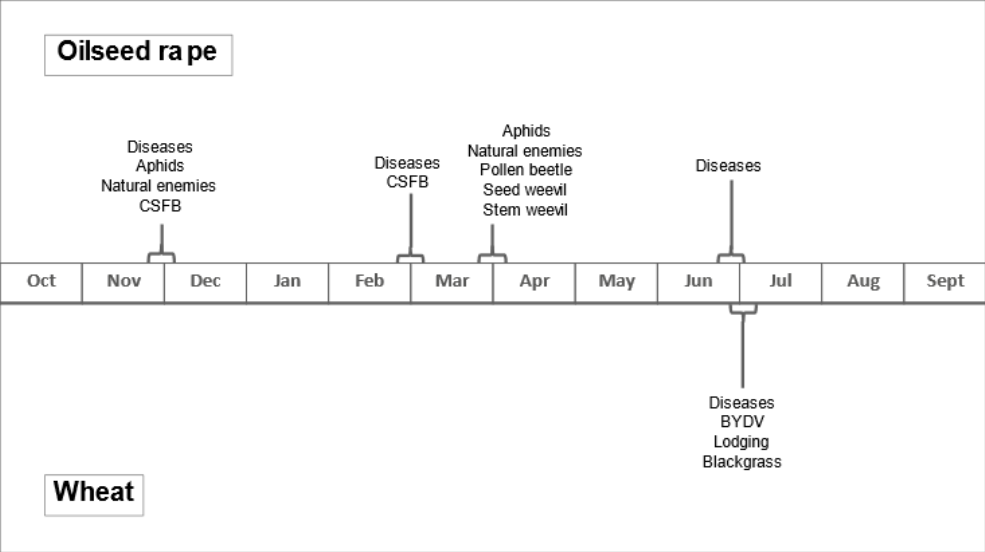Structure of the project
Introduction and project rationale
The project is organised into 4 work packages, each with defined deliverables and milestones. An overview of each work package is included below.The survey will introduce innovation whilst protecting the value of the long-term data set and is guided by the following overarching principles:
- Everyone will have simple, efficient and prompt access to the data.
- Methods will be implemented for open data access, whilst protecting the identity of surveyed farms.
- Priorities will be guided by stakeholders.
- Analysis, interpretation and communication will focus on the needs of each group of stakeholders.
- Methodology will remain consistent with previous surveys, to ensure comparability between sites and seasons and maintain the integrity of the long-term data set.
- Innovative methods and new technology will be introduced to provide more valuable survey outputs and increase efficiency.
- Each innovation will be calibrated against previous methods to ensure the continued integrity of the long-term data set.



